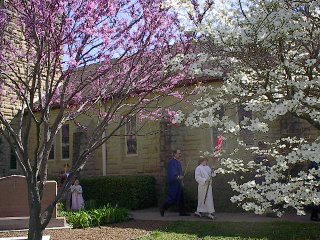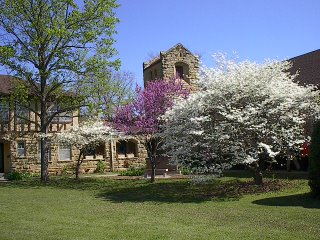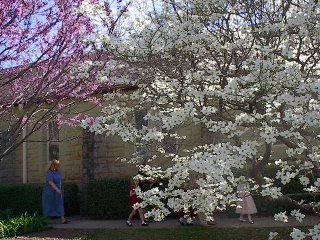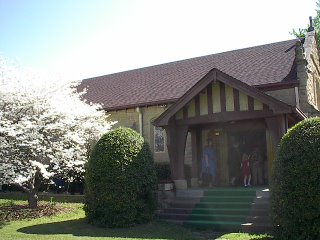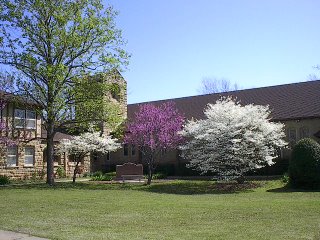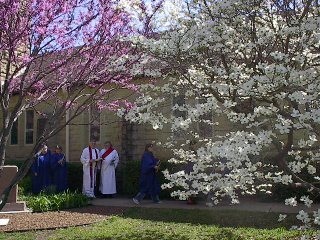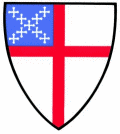Obituary: An Episcopal Parish Reaches a 'Time to Die'
Friday, July 28, 2006
By Charles Honey
Press Religion Editor
WALKER -- The sanctuary of St. Paul's Episcopal Church is eerily empty, save for a few sacred objects: brass candlesticks atop a granite altar, banners hanging from cinder-block walls, an organ fallen silent.
A carving of Christ that once hung above the altar is gone, leaving a cross-shaped outline on a powder-blue wall.
Karen Bryant sits in a back pew and says, "This was home. My grandchildren were baptized here."
So were many others. But after 137 years, St. Paul's has doused its last fussing infant. One of the area's oldest Episcopal churches will be de-consecrated in services Saturday at 10 a.m., officially marking the end of its life as a church.
The Rt. Rev. Robert Gepert, bishop of the Episcopal Diocese of Western Michigan, will transform the church, 3412 Leonard St. NW, from a house of worship to a secular building. He will thank God "for the blessings, help and comfort which you bestowed upon your people in this place."
The ceremony follows the congregation's decision this spring to close because of a steady decline in members. Only about 20 weekly worshippers were attending by the time St. Paul's held its final service May 28.
Bryant, a lifelong Episcopalian, worshipped faithfully for the past six years and headed the church council. She loved playing in a music ensemble and reading from the Book of Common Prayer. But in the end, there were just too few people and not enough money, she says sadly.
"It's like a hospice," says Bryant, who manages a Holland medical practice. "We've been struggling, we've been dying, and now we've given up the ghost -- and have been told, 'It's OK to die.' "
Saturday's service ends a proud but troubled history for the church. Originally located on Turner Avenue NW, St. Paul's was founded after the rector of St. Mark's Episcopal Church felt the West Side needed a chapel.
The cornerstone was laid in September 1869. St. Paul's reached out to Armenian immigrants in the 1890s and survived two fires. But it did not survive progress, moving to Leonard Street in 1961 after the state bought the church to make way for U.S. 131.
It barely survived a court battle beginning in 1979 when a majority of members broke from the Episcopal Church over its liberal policies. Renaming it St. Paul's Anglican Church, the dissidents occupied the church until courts returned the building to the diocese in 1983.
Though the loyal remnant got their church back, they never fully recovered, said the Rev. John Crean Jr., St. Paul's pastor for the last nine years.
"Ever since then it's been on the weak side," says Crean, who retired last fall. "It just didn't have the will to live."
The building will be sold by the Episcopal Diocese but is not yet on the market, said the Rev. Canon William Spaid, chief pastoral assistant to the bishop. Statues and other objects have been given to other churches.
Bryant misses the church and its people, but accepts the end.
"To everything there is a season," she said. "This is our time to die."
Send e-mail to the author: choney@grpress.com
©2006 Grand Rapids Press
© 2006 Michigan Live. All Rights Reserved.
But not all churches are dying ... some are doing quite well, alive and healthy, such as our own Epiphany Church.






